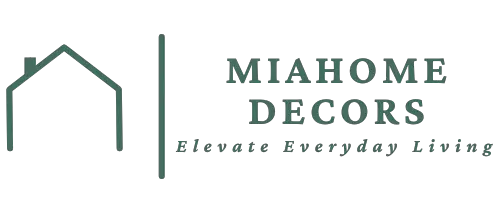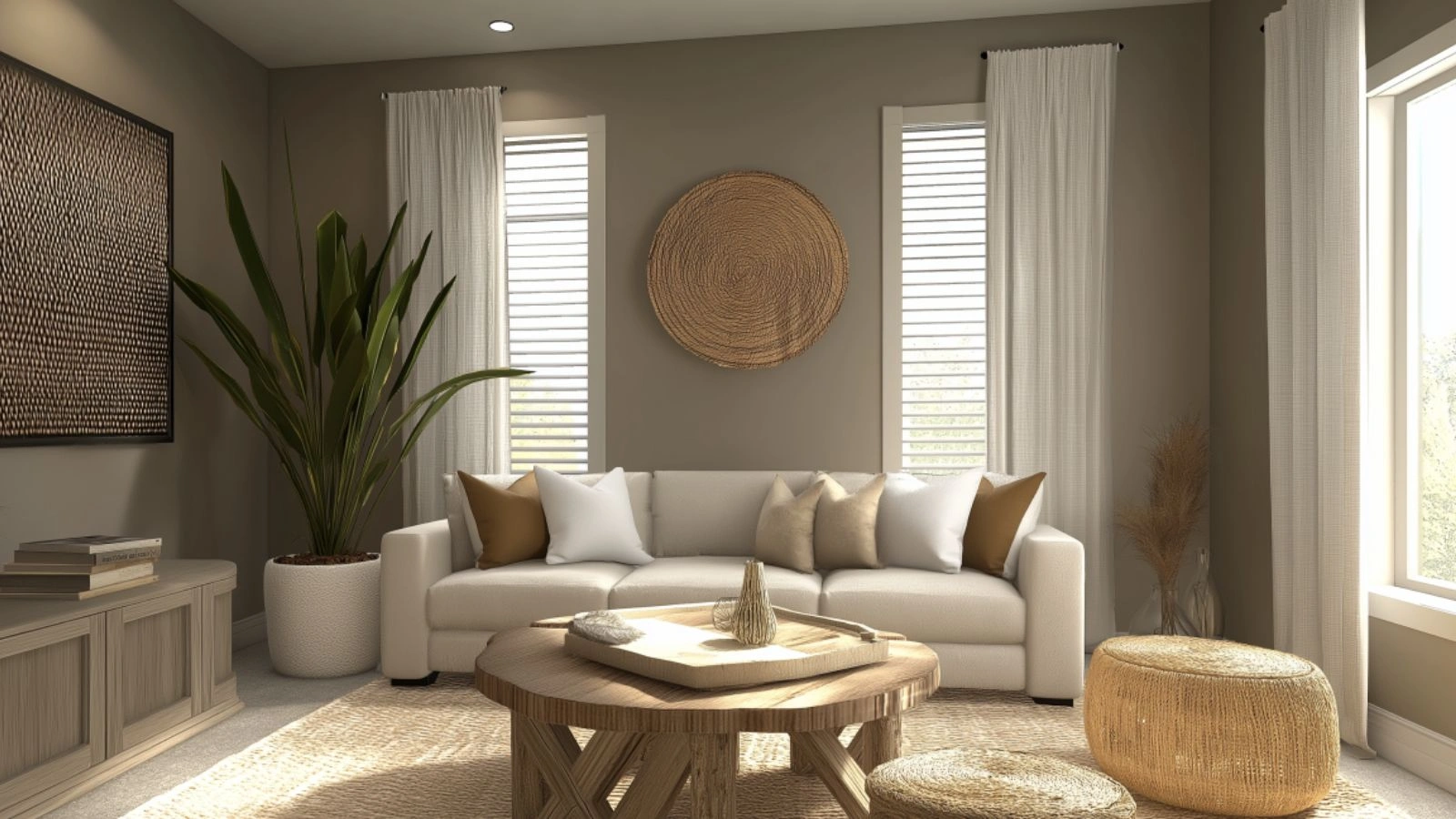Elegant Wall Color Combinations That Instantly Transform Your Home on a Budget
Table of Contents
Choosing the right wall color combination can completely change the mood of a room—and often, it’s the most affordable way to elevate your space. According to interior design experts, color impacts not just how we perceive space but also how we feel in it. A well-thought-out color palette can make a small room appear larger, a dark room feel brighter, or an outdated space feel modern and luxurious.
If you’re working within a budget, paint is your best friend. It’s accessible, relatively low-cost, and can be refreshed easily. But picking the right wall color combinations can feel overwhelming. Should you go bold or neutral? Warm or cool? Classic or contemporary?
In this blog post, we’ll guide you through elegant wall color combinations that instantly upgrade the ambiance of any room—without a hefty price tag. We’ll cover trendy yet timeless ideas, offer practical tips for application, and even include visuals and MidJourney image prompts to help you visualize each look. Whether you’re updating a living room, bedroom, or hallway, these ideas are designed to help your home feel effortlessly refined.
Classic Neutrals with a Twist
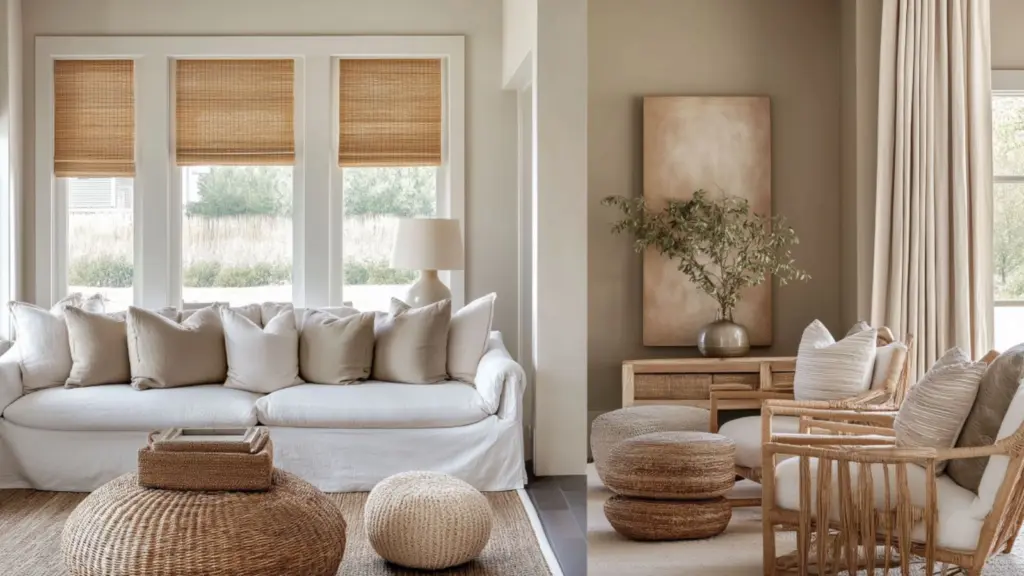
Neutrals are timeless for a reason—but the magic lies in how you pair them. Instead of stark whites or boring beige, consider combinations like soft greige and warm taupe or creamy ivory with a muted clay accent.
These hues reflect light beautifully and bring a serene, spa-like atmosphere to your space. They’re especially ideal for living rooms and bedrooms where calmness is key.
Popular Combinations:
| Base Color | Accent Color | Best For |
|---|---|---|
| Greige | Soft Taupe | Living Rooms |
| Ivory | Muted Clay | Bedrooms |
| Cream | Warm Beige | Hallways |
Why It Works: These tones are universally flattering and help highlight architectural features like trim or built-ins. Layer with linen textiles, warm woods, and subtle lighting for a cohesive look.
Bold and Beautiful Two-Tone Walls
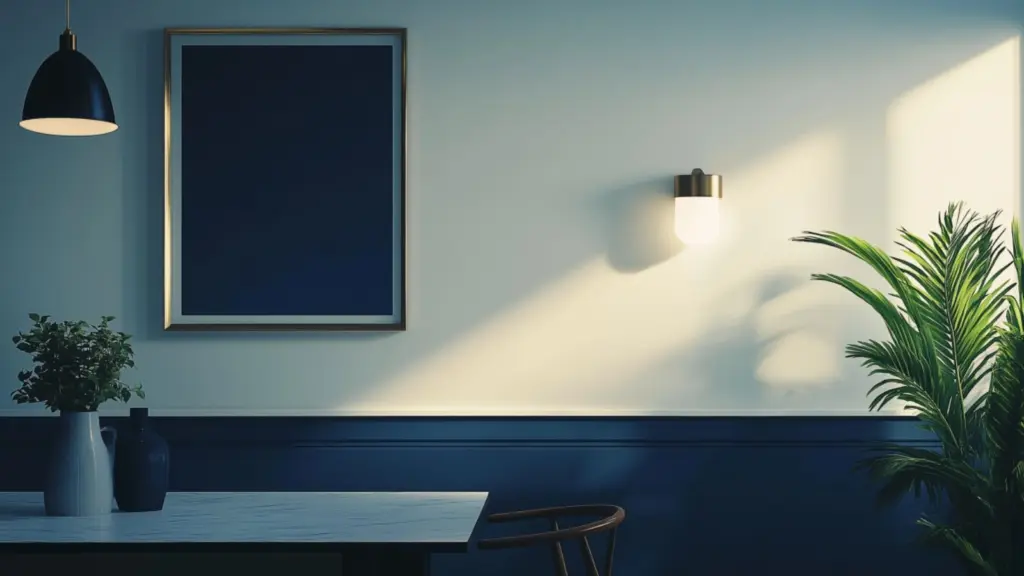
For a more dramatic and contemporary look, two-tone walls can make a huge impact. Paint the lower third of the wall in a darker shade and the top two-thirds in a lighter or contrasting tone.
Example Pairings:
| Bottom Color | Top Color | Style Inspiration |
|---|---|---|
| Navy Blue | Crisp White | Modern Classic |
| Charcoal Gray | Blush Pink | Soft Industrial |
| Forest Green | Pale Sage | Organic Modern |
Tips for Success: Use painter’s tape to get crisp dividing lines. You can also add chair rail molding where the colors meet for a polished, built-in feel.
Earth Tones for a Grounded Vibe
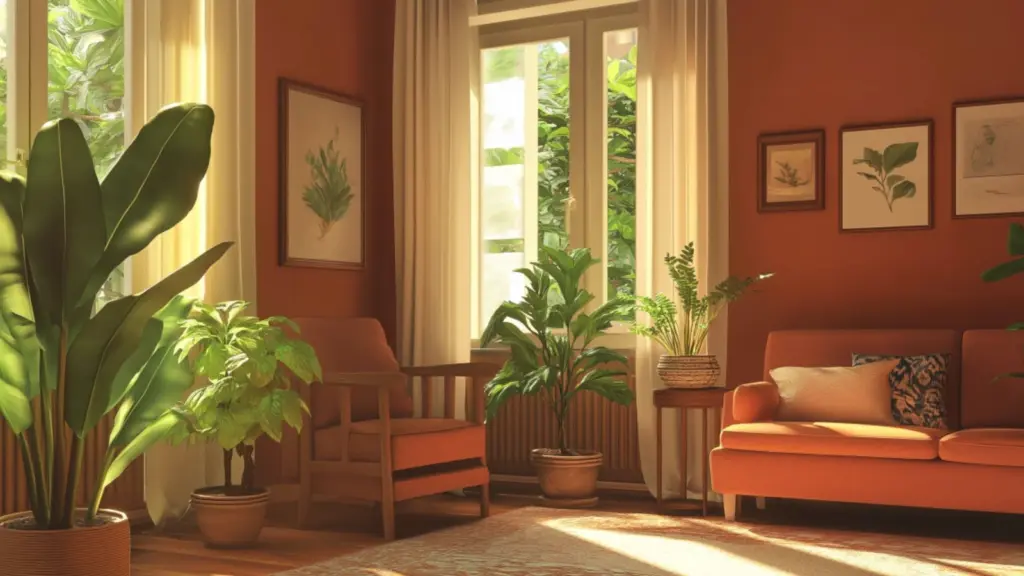
Earthy colors are trending in a big way—and they make any room feel grounded, warm, and welcoming. Think shades like terracotta, olive green, soft ochre, and sandy beige.
Earthy Pairings:
| Wall Color | Trim or Accent | Room Application |
|---|---|---|
| Terracotta | Soft Cream | Living Room |
| Olive Green | Golden Beige | Kitchen |
| Burnt Sienna | Pale Gray | Entryway |
Layer It Well: Earth tones work best with natural materials like wood, stone, rattan, and plants. Consider matte finishes for a modern, understated look.
Soft Pastels That Still Feel Sophisticated
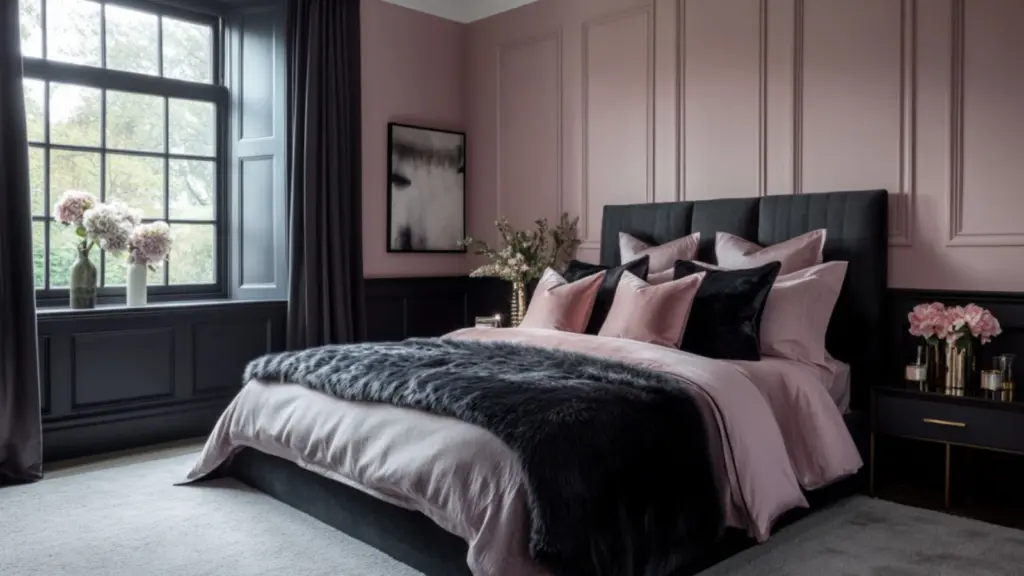
Pastels aren’t just for nurseries—they can be incredibly elegant when paired with the right companion colors. Go for dusty rose with soft gray, or pale mint with creamy white.
Elegant Pastel Combos:
| Pastel Shade | Accent or Trim | Ideal For |
|---|---|---|
| Dusty Rose | Matte Charcoal | Bedroom |
| Pale Mint | Off-White | Bathroom |
| Lavender Gray | Ivory | Reading Nook |
Design Tip: Keep furniture and décor understated to let the walls shine. Opt for gold or brushed brass finishes to elevate the look.
Moody Tones for Drama and Depth
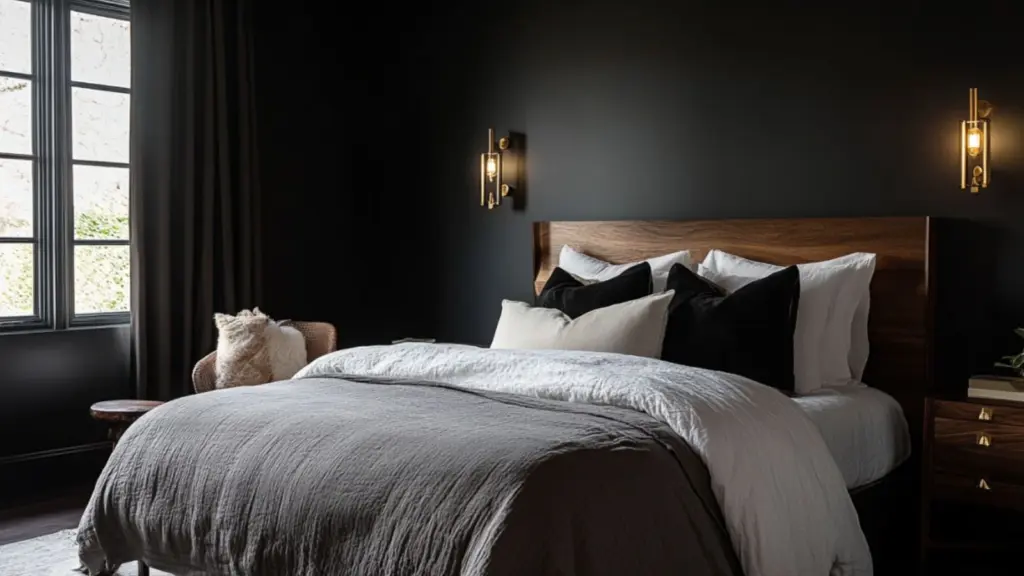
Moody wall colors like charcoal, navy, or deep emerald add an instant wow factor. They envelop a room in richness and are perfect for spaces where coziness is key—like bedrooms, powder rooms, or libraries.
Pairing Ideas:
| Main Color | Contrast/Accent | Suggested Use |
|---|---|---|
| Charcoal Gray | Burnished Gold | Bedroom or Office |
| Deep Emerald | Crisp White | Bathroom |
| Navy Blue | Dusty Tan | Entryway |
Why It Works: These hues are saturated and luxurious, creating a sense of intimacy. When paired with layered lighting and metallic accents, they feel high-end without high cost.
Application Tips:
- Use matte finishes to minimize glare and enhance richness.
- Consider painting ceilings or trim in matching shades for full impact.
- Offset dark walls with warm wood tones or light textiles to prevent the room from feeling heavy.
Monochromatic Magic
Sticking to one hue but varying its intensity across the walls, trim, and accents can create a chic, harmonious effect. This approach simplifies color selection and provides visual depth.
Monochromatic Ideas:
| Primary Shade | Light Variation | Dark Variation |
|---|---|---|
| Blue-Gray | Misty Blue | Slate |
| Sage Green | Celadon | Deep Olive |
| Blush | Pale Petal | Mauve |
Layering Techniques:
- Use the lightest shade on the ceiling or upper walls.
- Mid-tone shades work well on main wall surfaces.
- Darker tones on trim or cabinetry anchor the palette.
Why It’s Budget-Friendly: You can often mix lighter or darker versions of your main paint color at home, saving money while staying on theme.
Accent Walls with Texture and Contrast
Sometimes, adding elegance isn’t just about color—it’s also about visual texture. An accent wall in a contrasting color or with a textured paint finish (like limewash or faux plaster) brings depth without needing an entire room makeover.
Accent Wall Concepts:
| Material or Paint Type | Best Accent Color | Room Ideas |
|---|---|---|
| Limewash | Warm Gray | Bedroom |
| Faux Plaster | Deep Blue | Living Room |
| Matte Finish | Terracotta | Dining Room |
Budget Tip: You can DIY many textured paint finishes or even use peel-and-stick wallpaper for a similar effect.
Color Zoning for Open Concept Spaces
If you have an open-plan home, using color zoning can visually separate areas like the dining space from the living room without adding physical barriers.
Color Zoning Examples:
| Zone | Color Pairing | Benefit |
|---|---|---|
| Dining Area | Warm Beige + Ochre | Cozy and defined zone |
| Living Room | Cool Gray + White | Airy and open feel |
| Work Corner | Sage + Cream | Focused and calm vibe |
Design Advice: Maintain a consistent undertone (warm or cool) across the palette to keep the space cohesive.
Conclusion
Wall color combinations are one of the easiest and most budget-friendly ways to elevate your home’s look. From moody tones to monochromatic schemes and earthy palettes to pastels, the right pairing can add instant elegance to any room. As you experiment, think about how light, texture, and surrounding décor will interact with the color—this holistic approach will ensure your space not only looks good but feels right, too. Whether you’re painting an accent wall or revamping an entire room, these ideas prove that sophistication doesn’t have to come with a high price tag.
